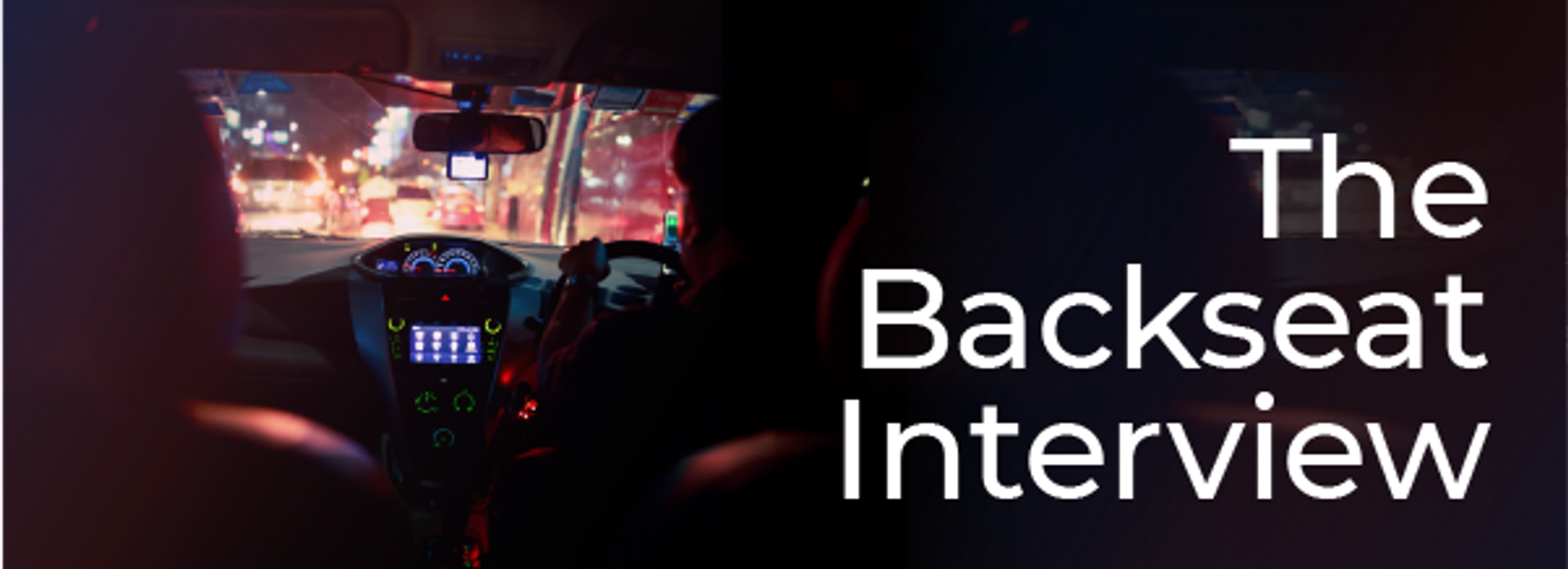
How an Uber Driver Error-Proofs Frequent Travelers
March 1, 2019My recent travels have given me the opportunity to converse with many Uber drivers. These chats typically start with a few casual questions: "How long have you been driving?" "Do you like it?" "Where should I go for dinner?" Most riders might stop there, but if I detect their engagement in the conversation, I bring a little Dr. Deming into the mix. Drivers linked up with ride‐sharing services are a treasure trove of operations data who, as independent contractors, have developed their own revenue‐maximizing heuristics. They know which office park they should wait in at 3 p.m., when to stop driving at night, and — my favorite — the number of cars in the airport queue that signals it's not worth waiting around.
On a recent business trip, my driver stopped me as I was exiting the vehicle and asked me a question I hadn't heard before: "Can you show me your phone?" A little stunned and very confused, I pulled my phone from my purse and flashed it, then asked him why he made the request. His reply: "I've been asking people to do that for two years, and I haven't had a single phone left in my car since then." My driver had developed his own standard work! I was on the cusp of launching into a speech about how wonderful it was that he had created his own checklist to reduce defects. But I flashed back to my children’s vacant stares during lectures on milk runs in front of the dishwasher and just wished him a good night.
This lean‐thinking Uber driver got me thinking about the problem he helped me avoid. Uber has a fleet of 3 million drivers worldwide with an estimated 15 million rides a day, leaving a lot of opportunity for failure. And sure enough, a passenger's phone is the No. 1 item that gets left in an Uber. Our phone has become such an extension of ourselves that losing it is no minor inconvenience. I once saw a man at the airport smash the window of the rental car he had just returned in order to get his phone out of the locked vehicle. At 5:30 a.m., with no agents around and a flight departing with or without him, there was no way he was leaving it behind.
As stressful as the experience of losing a phone can be, the good news is that ride‐sharing services have processes that help passengers quickly reclaim them. But what my driver did was build a checklist into his process so the phone isn't left behind in the first place. In Lean terms, this is a classic example of poka-yoke, a simple and intentional step designed to prevent mistakes before they happen. The process of contacting the company and connecting with your driver works after the failure — and the driver makes $15 for getting your phone back to you. But that comes at the cost of your time and your blood pressure.
The checklist hit the spotlight as a critical tool to prevent failure and reduce waste when Dr. Atul Gawande published "The Checklist" in The New Yorker in 2007 (he turned the article into a book two years later). I had the chance to reflect on Dr. Gawande's piece recently with a class in the Master of Human Resource Management program at The Ohio State University Fisher College of Business. I was struck by how, more than a decade later, it's still a wonderful way to engage people in the "why" of change management. Both Dr. Gawande and my driver, in their own ways, were able to articulate a simple truth: Life is coming at you quickly, so slow down and get it right the first time.

President • MoreSteam
Peg Pennington joined MoreSteam's executive team in 2018 and today leads all company operations as President. Previously, Peg was the Executive Director of the Center for Operational Excellence at The Ohio State University, where she helped shape the Master of Business Operational Excellence ('MBOE') program and strengthen standards for Lean Six Sigma certification. She serves on the board of directors for the Lean Enterprise Institute (LEI). A recognized voice in operational excellence, Peg speaks at over a dozen national conferences each year and leads product workshops.
Before joining MoreSteam, Peg was the Executive Director of the Center for Operational Excellence at The Ohio State University. Peg holds a bachelor’s degree in finance from Michigan State University and an MBA from the University of Dayton.



